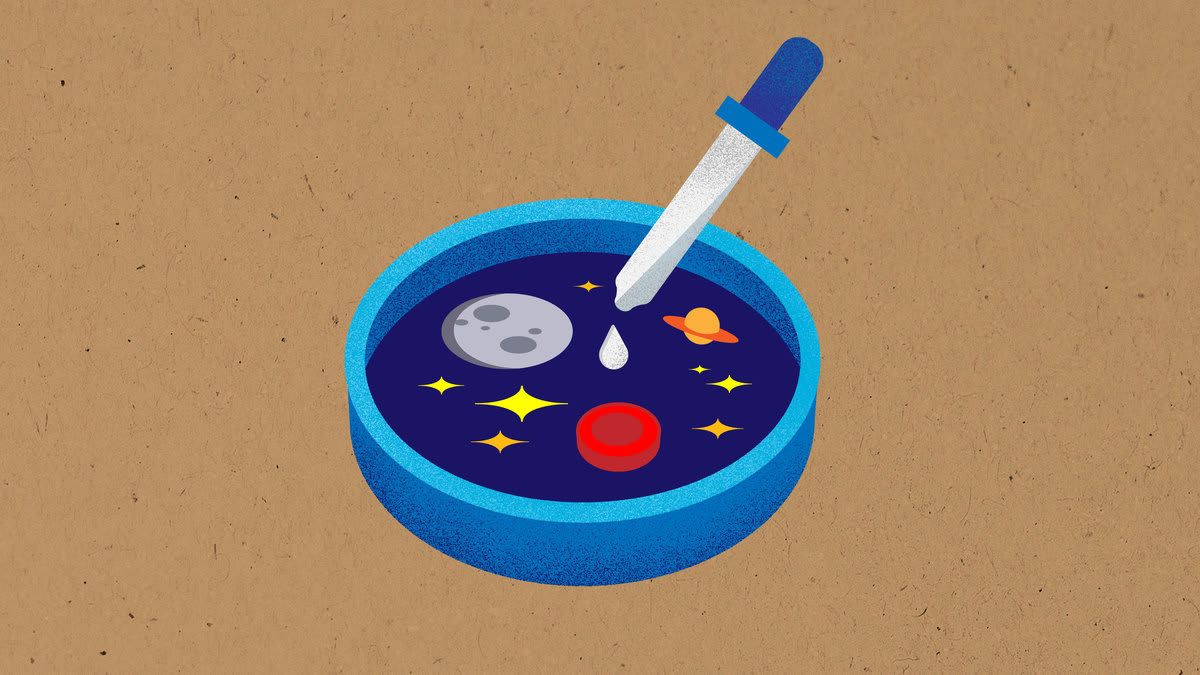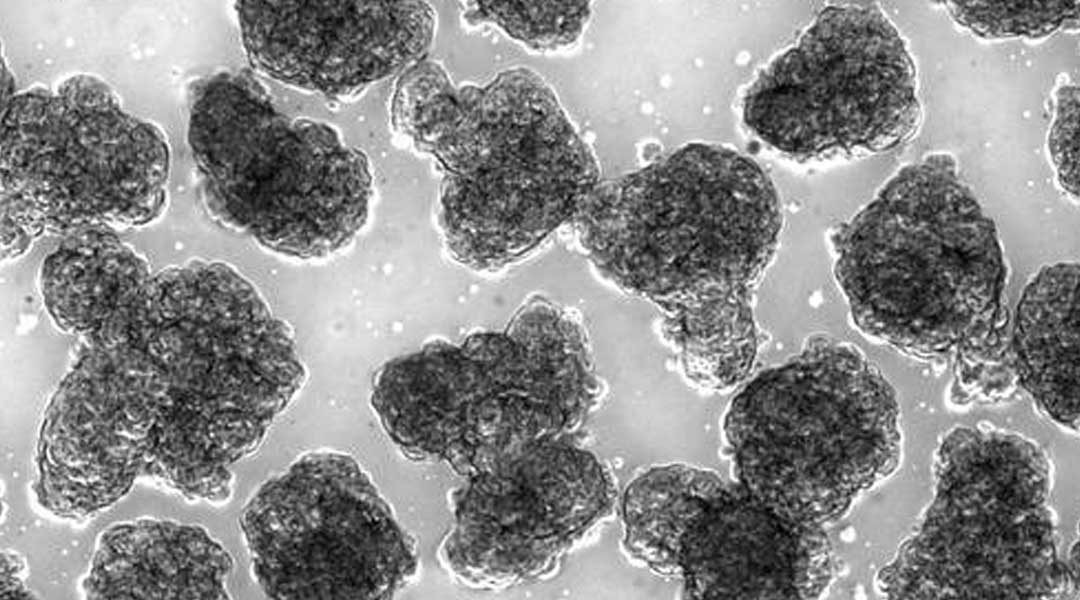Low-Earth orbit is actually the perfect place to grow stem cells.
By Maddie Bender – The Daily Beast
Some time in the not-too-distant future, a patient who suffers a heart attack will spend time recovering in the hospital before a transplant. Oddly, though, their surgery date will be timed around a resupply mission to a space station. That’s because their new heart isn’t being driven or flown in from anywhere on Earth—rather, it’s been grown in space using stem cells.
While other scientists are set on discovering extraterrestrial life, some regenerative medicine researchers—scientists who study how to regrow and repair human tissue—want to create it themselves by growing stem cells in outer space. Their dream of establishing a biomanufacturing pipeline in low-Earth orbit sounds outlandish, but the commercial space age is enabling researchers to start turning it into a reality.
Induced pluripotent stem cells (iPSCs) are simple human cells that can grow into a number of complex organs. They’re derived from adult human skin or blood cells, in contrast to embryonic stem cells, which are found in an early stage of embryonic development. Due to limited space and personnel aboard the International Space Station, experiments that have grown iPSCs in microgravity have been expensive and rare. The few that have been conducted, however, seem to point to specific benefits to growing some cell types in low oxygen and microgravity that cannot be replicated on Earth. To longtime believers in space’s potential for stem cell research like Arun Sharma, a research scientist at Cedars-Sinai Medical Center’s Regenerative Medicine Institute, these studies feel like corroboration.




